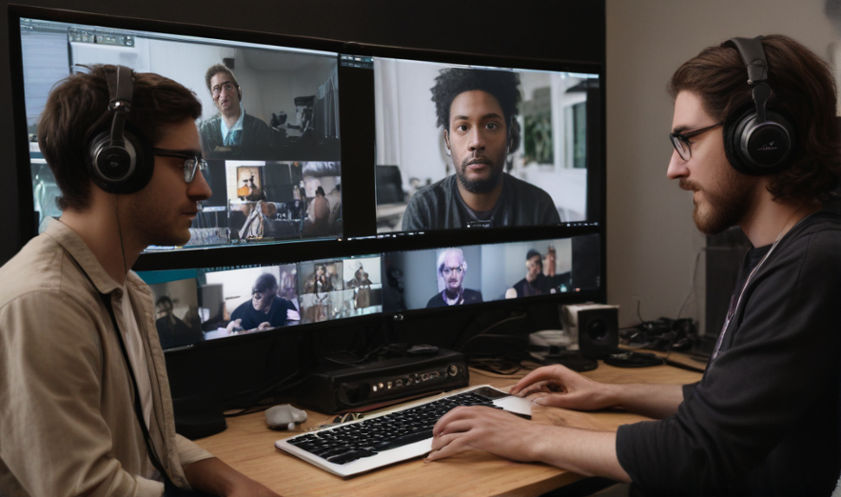
Technology still has a lot to offer, when it comes to democratizing the creative process by which music is made. One area where this has had a significant effect is in terms of accessibility for people with disabilities. The barriers that once prevented people from participating in music production are gradually being broken down as we witness an era of communication technology and tablets for musicians (Tablet für Musiker) that are inclusive and diverse.
Adaptive Interfaces
Additional plans for developing adaptive interfaces have focused on touch-sensitive tablets, utilizing them as communication technologies. They can be customized to have large buttons, voice commands, or gesture controls thereby making it possible for persons with motor disabilities to interact more effectively with music software.
Screen Readers and Voice Commands
About visually impaired musicians, communication technologies offer screen readers as well as voice command functions helpful in navigating and controlling production software related to music. These tools allow users through audio feedback to manipulate on-screen text and controls independently thus coming up with their musical compositions.
Alternative Input Methods
For individuals with different motor skills, tablet interfaces go beyond traditional keyboards and mice providing alternative input methods. Such interfaces use intuitive ways such as stylus pens or touch gestures thus allowing those with mobility impairments to engage with music production software independently hence promoting creativity.
ALSO READ: Technology’s Role in Environmental Conservation
Remote Collaboration
Communication technology enables remote collaboration among musicians irrespective of their geographical location or physical abilities. Music artists can collaborate on projects from different locations using video conferencing, file-sharing platforms, and real-time communications creating an inclusive environment within their own spaces.
Accessibility Features in Software
The presence of built-in accessibility features in many contemporary music production software includes high contrast modes, and keyboard shortcut compatibility so that these programs can be read aloud by your computer’s screen reader. This makes it easier for people living with disabilities to access these programs without any hindrances affecting them.
Community Support and Resources
Moreover, the integration of communication technologies alongside tablet interfaces has given rise to a new community consisting of musicians as well as developers who are committed to making music production more accessible. Online forums, tutorials, and advocacy groups exist to help people with disabilities in the industry, thereby creating a collaborative environment within it.
Conclusion
Thus, communication technology and tablet interfaces have turned accessibility in music production into a reality from an ideal. The innovations are breaking down traditional barriers and promoting inclusivity; they are changing not only the process of creating music but also allowing disabled people to fully participate in it thereby making this field more diverse.